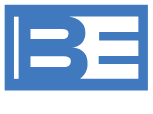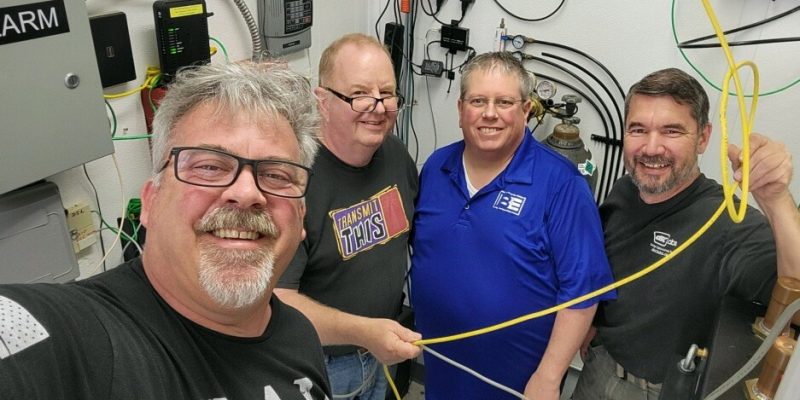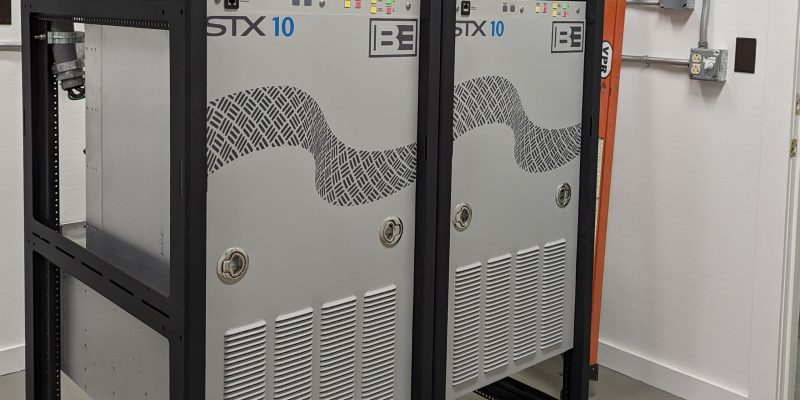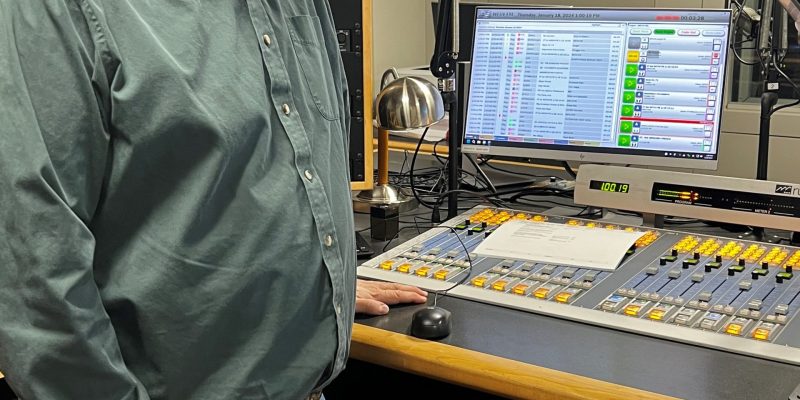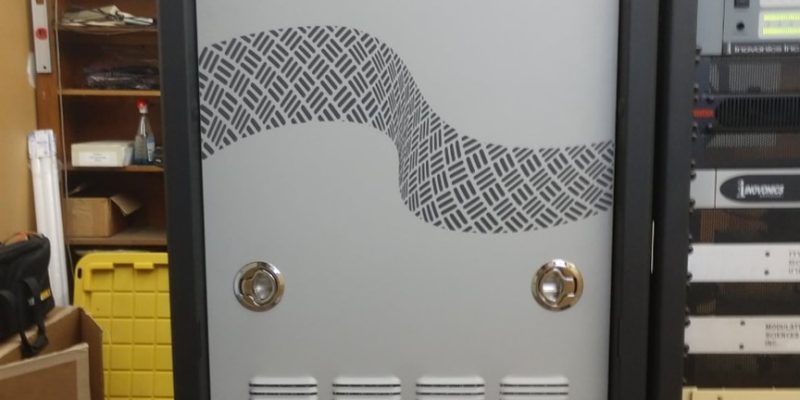Radio formats are like potato chips. You simply can’t stop at one, especially now that HD Radio is making it so tempting to put up two, even three formats on an FM frequency.
Challenge
But are multiple HD channels practical, and if so, will they sound good?
Yes and yes, according to Gregg Frischling, the station manager for Steel City Media’s WLTJ FM in Pittsburgh, which added an HD2 and an HD3 program channel to the FM signal in March.
“If you like having one channel, you’re going to like having two even better,” he says.
Solution
As one of a growing number of stations adding not one, but two multicast channels, WLTJ FM is doubling up on media output to serve an increasingly fragmented listening audience. The family-owned station is broadcasting a Classic Rock format and an Urban Adult Contemporary format in addition to its main Lite Rock format; all three channels are multicasting on 92.9 MHz using BE’s transmission and multicast technology.
Multiple channels over HD Radio offer this rocker the program slots to indulge in the related formats that will snag new listeners and build cume, yet maintain the large number of core listeners needed to feed the ratings machine.
What’s more, adding channels required little more effort than the flip of a switch once WLTJ FM had installed the HD Radio digital path.
WLTJ FM began broadcasting its main program in HD Radio in August 2005. It acquired a new BE RF system for generating the HD Radio signal and installed a broadband link, BE’s Big Pipe, capable of transporting the full program payload — and much, much more — from the studio to the transmitter site.
Results
Six months after signing on in HD Radio, the station turned on two additional program channels. The key to this expandability is BE’s IDi 20 Importer multicast unit, which splits the digital signal into the desired program streams. With this one unit, stations can add an HD2 channel now and an HD3 channel later, or broadcast both now. Aside from content, the only requirement was to allocate the bits for each channel.
As for sound quality, Frischling says the three channels sound as good, if not better, than the station’s analog broadcast. Noise is indiscernible and the laser-like reproduction of digitalgives these channels a CD-like quality, despite the fact that each occupies little more bandwidth than typical dial-up Internet audio.
With the successful launch of two new stations under his belt, Frischling is now considering another HD channel. “I’m ready for HD4 when the market is,” he says.
